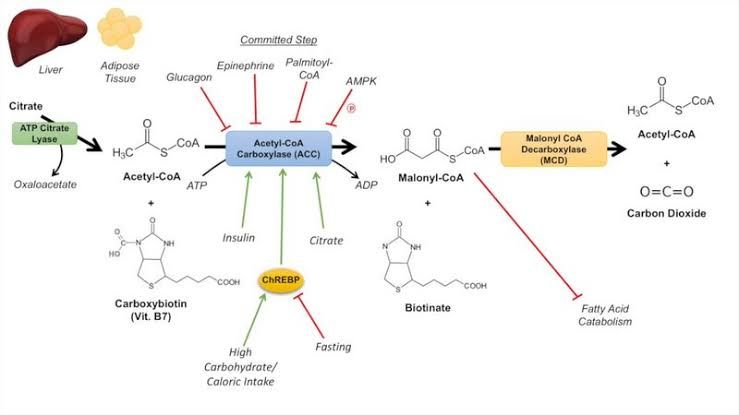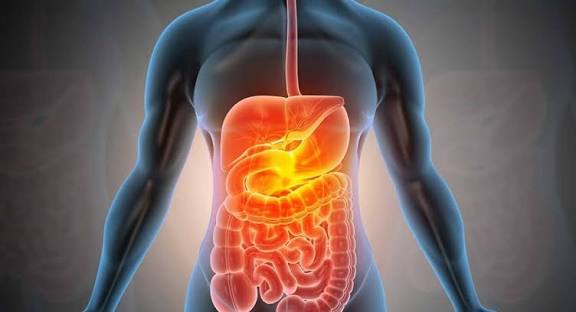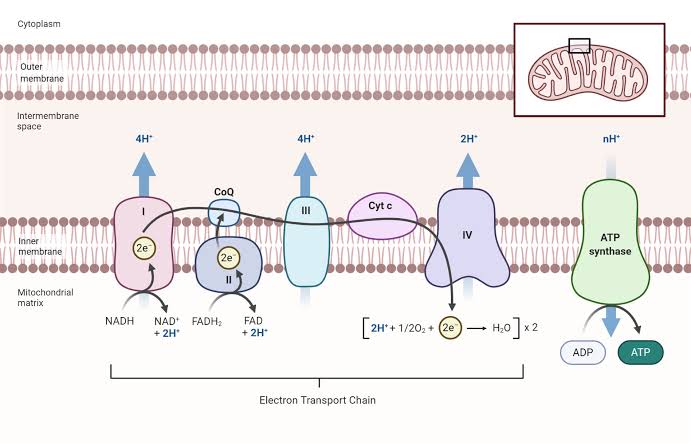
Sources of NADPH Required for Fatty Acid Synthesis
The primary sources of NADPH required for fatty acid synthesis are:
- Pentose Phosphate Pathway (PPP): The PPP is a crucial metabolic pathway that generates NADPH through the oxidative phase. In this pathway, glucose-6-phosphate is oxidized to ribulose-5-phosphate, producing two molecules of NADPH for every molecule of glucose-6-phosphate processed.
- Malic Enzyme: This enzyme catalyzes the conversion of malate to pyruvate while generating one molecule of NADPH. The malic enzyme operates in the cytosol and is particularly important in tissues engaged in fatty acid synthesis.
- Isocitrate Dehydrogenase: This enzyme can also contribute to NADPH production by converting isocitrate to α-ketoglutarate, yielding NADPH in the process. This reaction occurs in the mitochondria and can indirectly support fatty acid synthesis when citrate is transported to the cytosol.
- NADP+-Dependent Dehydrogenases: Various dehydrogenases that utilize NADP+ as a cofactor can also contribute to the pool of NADPH available for fatty acid synthesis.
Key Enzymes of Fatty Acid Synthesis
The key enzymes involved in fatty acid synthesis include:
- Acetyl-CoA Carboxylase (ACC): This enzyme catalyzes the carboxylation of acetyl-CoA to form malonyl-CoA, which is a critical step in fatty acid biosynthesis and serves as a building block for elongating fatty acids.
- Fatty Acid Synthase (FAS): A multi-enzyme complex that carries out the sequential addition of two-carbon units from malonyl-CoA to synthesize long-chain fatty acids, primarily palmitate (C16:0).
- Stearoyl-CoA Desaturase (SCD): This enzyme introduces double bonds into saturated fatty acids, converting stearoyl-CoA into oleoyl-CoA, which is essential for creating unsaturated fatty acids.
- Thioesterase: This enzyme releases the newly synthesized fatty acid from the fatty acid synthase complex upon completion of synthesis.
Role of Citrate in Bringing Acetyl Co-A to Cytosol for Fatty Acid Synthesis
Citrate plays a vital role in transporting acetyl-CoA from mitochondria to the cytosol through the following mechanism:
- Formation of Citrate: Acetyl-CoA combines with oxaloacetate in the mitochondria to form citrate via the action of citrate synthase during aerobic respiration.
- Transport Across Mitochondrial Membrane: Citrate can then be transported out of the mitochondria into the cytosol through specific transporters located on the mitochondrial membrane.
- Conversion Back to Acetyl-CoA: Once inside the cytosol, citrate is cleaved back into acetyl-CoA and oxaloacetate by ATP-citrate lyase (ACL). The generated acetyl-CoA can then enter fatty acid synthesis pathways.
- Regulatory Role: The availability of citrate not only provides acetyl-CoA but also acts as a signal indicating high energy status and promoting lipogenesis when energy substrates are abundant.
Genetic Regulation of Acetyl Co-A Carboxylase
The genetic regulation of acetyl Co-A carboxylase involves several mechanisms:
- Transcriptional Regulation: The expression levels of ACC are influenced by various transcription factors such as sterol regulatory element-binding proteins (SREBPs), which increase ACC gene transcription under conditions favoring lipogenesis (e.g., high carbohydrate intake).
- Hormonal Regulation: Insulin promotes ACC expression and activity through signaling pathways that enhance its transcription, while glucagon and epinephrine inhibit its expression during fasting or stress conditions.
- Post-Translational Modifications: ACC activity can be modulated by phosphorylation; AMP-activated protein kinase (AMPK) phosphorylates ACC leading to its inhibition during low-energy states, whereas dephosphorylation activates it under high-energy states.
- Feedback Mechanisms: Malonyl-CoA levels provide feedback regulation; high levels promote lipid synthesis while inhibiting β-oxidation, ensuring balanced lipid metabolism according to cellular needs.
Importance of Glycerol Kinase in the Liver
Glycerol kinase plays an essential role in liver metabolism due to its functions:
- Glycerol Phosphorylation: Glycerol kinase catalyzes the phosphorylation of glycerol to glycerol-3-phosphate using ATP as a phosphate donor, which is crucial for triglyceride synthesis and energy storage within hepatocytes.
- Lipid Metabolism Regulation: By facilitating glyceroneogenesis, glycerol kinase helps maintain lipid homeostasis and supports gluconeogenesis during fasting states by providing substrates necessary for glucose production from non-carbohydrate sources.
- Role in Lipoprotein Production: Glycerol-3-phosphate produced by glycerol kinase is essential for synthesizing phosphatidic acid, a precursor for triglycerides and phospholipids necessary for very-low-density lipoprotein (VLDL) assembly and secretion from liver cells.
- Metabolic Flexibility: Glycerol kinase allows liver cells to adapt their metabolic pathways based on nutrient availability; it enables efficient utilization or storage of excess dietary fats while supporting overall energy balance within the body.







